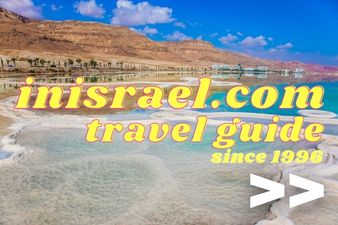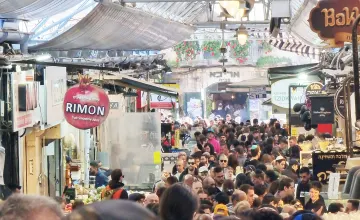The Museum for Islamic Art, Jerusalem
Jerusalem travel guideThe Museum for Islamic Art in Jerusalem: A Window into the Rich Cultural Heritage of the Middle East
Jerusalem is a city that has been at the crossroads of many civilizations throughout history. As a result, the city boasts a rich cultural heritage that has been preserved in its museums and historical sites. The Museum for Islamic Art is one such cultural institution that offers visitors a unique window into the artistic and cultural traditions of the Middle East.
The Museum for Islamic Art, located in the heart of Jerusalem, is home to a vast collection of Islamic art and artifacts that date back to the 7th century. The collection includes ceramics, textiles, metalwork, and jewelry, among other things. The museum was founded in 1974 by Vera Bryce Salomons, a Dutch philanthropist, and art collector, who was inspired by her travels through the Middle East.
The museum building, designed by the architect Alfred Mansfeld, is a work of art in itself. The structure, which was completed in 1974, is a modernist masterpiece that features a unique blend of geometric and organic forms. The building is surrounded by a lush garden that serves as a peaceful oasis in the midst of the bustling city.
The museum’s permanent collection is organized thematically, with each section highlighting a different aspect of Islamic art and culture. One of the most impressive sections of the collection is the ceramics gallery, which features a stunning array of earthenware, stoneware, and porcelain from across the Islamic world. The collection includes examples of some of the most intricate and beautiful ceramic work ever created, including Persian lusterware, Iznik pottery, and Chinese-inspired blue and white ceramics.
Another highlight of the museum’s collection is the textiles gallery, which features a wide range of textiles from across the Islamic world. The collection includes silk and cotton fabrics, embroidered garments, and carpets and rugs. The textiles on display showcase the incredible craftsmanship and artistry that went into creating these beautiful objects.
The museum’s collection of metalwork is also a must-see for visitors. The collection includes a stunning array of decorative objects made of brass, copper, silver, and gold. The metalwork on display includes everything from ornate candlesticks and candelabras to intricately designed jewelry and weaponry.
In addition to its permanent collection, the Museum for Islamic Art also hosts a number of temporary exhibitions throughout the year. These exhibitions feature works of art from across the Islamic world and provide visitors with a deeper understanding of the rich cultural heritage of the region.
One of the unique features of the Museum for Islamic Art is its focus on education and outreach. The museum offers a variety of programs and workshops for visitors of all ages, including lectures, guided tours, and hands-on workshops. These programs provide visitors with a deeper understanding of Islamic art and culture and allow them to engage with the museum’s collection in a meaningful way.
In conclusion, the Museum for Islamic Art in Jerusalem is a must-visit destination for anyone interested in the rich cultural heritage of the Middle East. With its impressive collection of Islamic art and artifacts, stunning architecture, and commitment to education and outreach, the museum offers visitors a unique and enriching cultural experience. Whether you’re a seasoned art lover or simply looking to learn more about the history and culture of the region, the Museum for Islamic Art is a destination that should not be missed.
Address: 2 Hapalmach St, Jerusalem
Opening hours:
Sunday: 10:00-15:00
Monday: 10:00-15:00
Tuesday: 10:00-15:00
Wednesday: 10:00-15:00
Thursday: 10:00-19:00
Friday: 10:00-14:00
Saturday: 10:00-14:00






